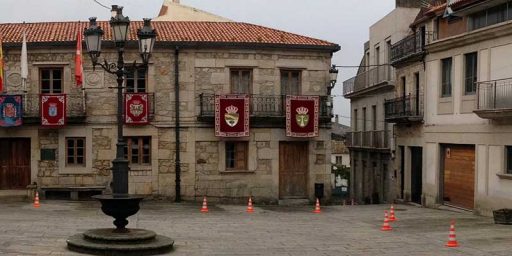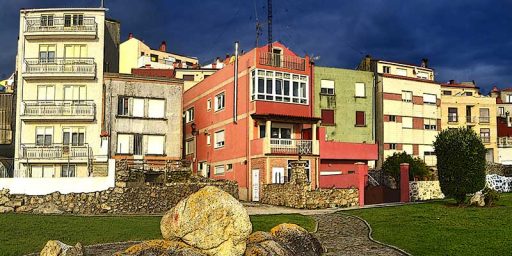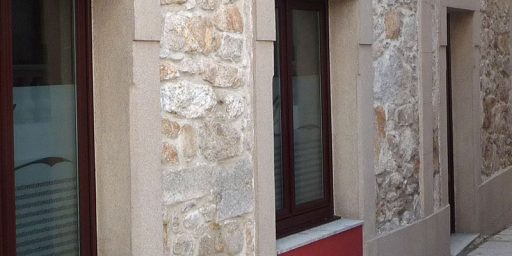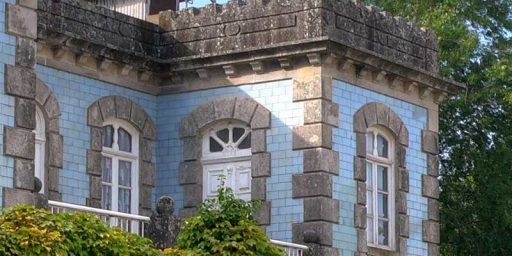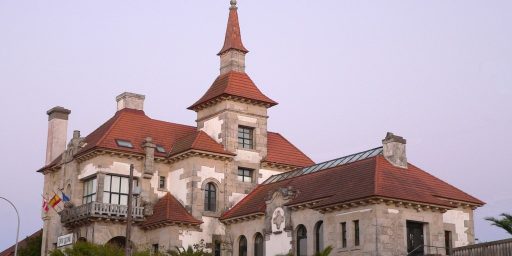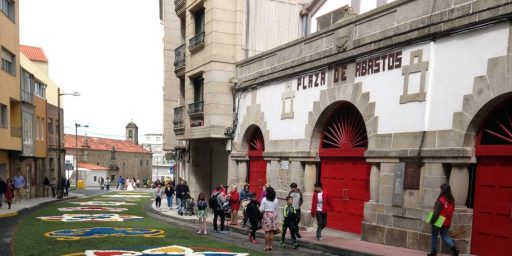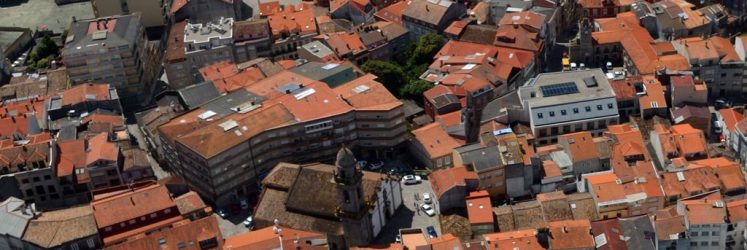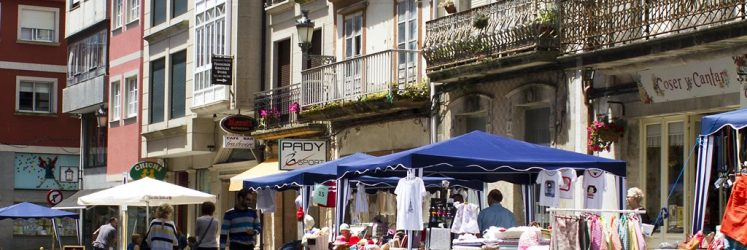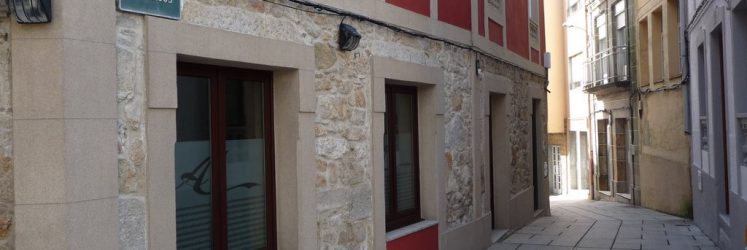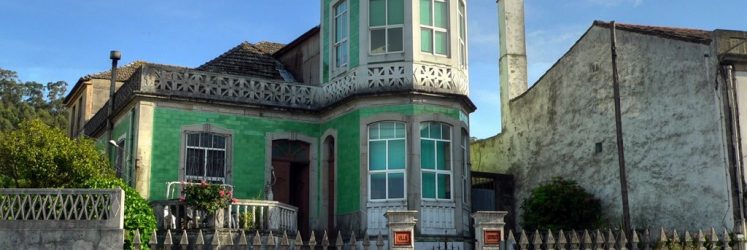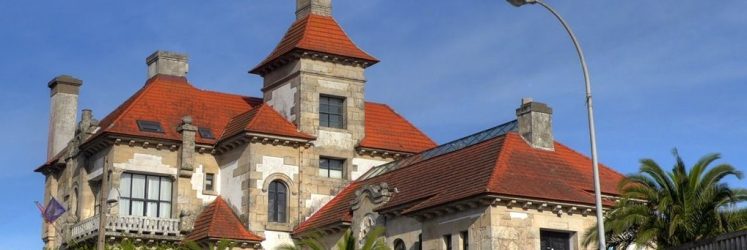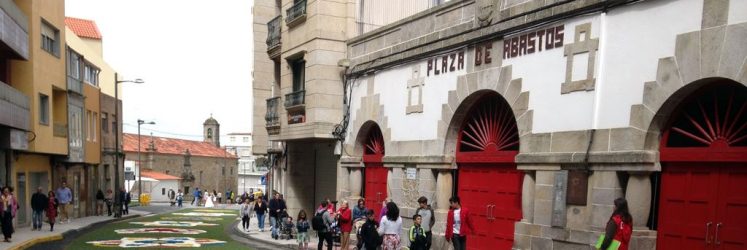Old Town
OLD TOWN
In the fishing port is placed the Convent of the Benedictines, that by a steep staircase, leads to Colón street, ancient street of medieval origins which links the port to the old town. You can see part of the ancient Medieval Wall in Muro street and Ireira street. At Praza do Reló (Clock Square) is located the Council, – Local Police and Tourist Office -, and the Torre do Reló (Clock Tower), ancient medieval tower. Besides, some examples of Indianos Houses can be seen, like the Alonsos’ House. In a short distance, you will find in the Parish Church of Saint Mary.
CENTER TOWN & COMMERCIAL AREA
The centre town is organised around the fishing port, a reflection of the past and present of the sea-faring history of A Guarda. His streets invite to walk them around and meet the full and exciting range of shops. Some commercial streets have a blue area as restricted parking time zone (complimentary). On the way down to the fishing port, (Concepción Arenal street), is the Market, that offers fresh and quality products along the morning (except Sundays). Those who enjoy shopping, have the weekly market (Saturday morning) in Coruña and Rosalía de Castro streets.
URBAN ROUTE
This route shows the typical streets and architecture exploring the old town, the fishing port and passing through the Indianos Houses. Starting from the fishing port, you can also look at daily labours, ships and implements of the fishermen and the fish and shellfish trade in the fish market. The visitor goes deep in the heritage, and the history of the village passing by Malteses street or admiring the Torre do Reló (clock tower). During weekends you can combine the route with the visit to the Museum of the Sea located at the end of the promenade.
INDIANOS HOUSES ROUTE
These dwellings were built in the second half of the 19th century and early 20th by some returned emigrants of A Guarda from Puerto Rico, Dominican Republic and Brazil, popularly called the indianos.
The houses of the indianos are characterised by the use of the stonework, tile and forge. They are showy buildings that adopted the most significant architectural structures of the American country, for that reason each one has its personality. To live in as villas, or to be dedicated to business or social activities these wonderful buildings ennoble many spots of the town.
They are preserved a good number of this houses in all of the parishes. However, it must be highlighted in Galicia street due to the high number of them. The buildings were conceived with an apparent open space sense, making up this broad avenue and the others that in the early 20th century amazed by its spaciousness.
The Route of the Indianos Houses shows a some of these buildings placed in the centre of town. The proposed route starts at Puerto Rico street where some examples of this colonial architecture are maintained; the course continues by the historic centre until the finish in Galicia street, afterwards passes by the Alameda, with some utterly outstanding villas. Twelve of this prominent buildings were selected to do a relaxed tour of less than one hour.
You can find the most significant example of Indiano Architecture in Rosalía de Castro street. It was built in 1921 thanks to the collaboration of returned emigrants and destined to be a hospital and shelter. After 1990 refurbish became the current Cultural Center. It housed the Municipal Library, an exhibitions hall and an events room.
MARKET
The Market (locally known as Praza de Abastos) is a place for meeting and bustle where the stallholders put on sale seafood and homegrown vegetables. Residents of A Guarda and the region approach the Market, aware of the quality and freshness of the products offered there. Sole, turbot, pout, conger eel, pouting, sardines along with seafood such as barnacles, lobsters, spider crabs and swimming crabs… compete with each other for getting the more significant role.
Homegrown vegetables, fruits and meat with the recognition of Tenreira Galega (Galician Veal) complete the offer.
This unique building, bright and roomy, is the work of local architect Constantino Candeira. The Market is located in the descent to the fishing port, in the town centre, is one of the main elements in the local commercial activity.






